Märzen vs. Festbier? Paulaner Explains It All
This post was sponsored and supported by Paulaner USA.
Steins. Pretzels. Dirndls. Lederhosen. Sausages. More Steins. Tents. Singing. Chances are, I just summed up your Oktoberfest experiences. But other than hearing about that time your friend studied abroad in Germany, what do you really know about Oktoberfest and the beers served there?
Märzen, Helles and Festbier aren’t usually what you brandish at your bottle share, but the craft that goes into producing these styles is immense. Munich breweries are very proud of their beer traditions—none more than Paulaner, Oktoberfest’s #1 provider of stein-filled happiness. We asked the masters for a little more background behind the magic that goes into each glass, which in turn fuels all the good times and pretzel consumption.
Märzen or Festbier?
Paulaner, a brewery that is 385 years young, is one of the six Munich breweries officially allowed to produce Oktoberfest beer. In 1539, the Bavarian brewers decreed that the production of beer was only allowed between September 29 (St. Michael’s Day) and April 23 (St. George’s Day). Brewing was forbidden in the summer, partially in fear of the simmering process’s susceptibility for causing fires that could burn the city down, and also the lack of technology, which made warm-weather brewing difficult for fermenting the Lagers. As you can imagine, people wanted beer in the summer, so stockpiles were created and the “Märzen” was born.
Märzen, or “March beer”, was brewed more strongly so that it wouldn’t spoil. This stronger brew deliciously survived for longer and could be sold during summer and well into the autumn festival season. While the invention of the cooling machine by Carl Linde in 1873 allowed brewers to do what they do best year-round, the Oktoberfest Märzen remained a favorite beer and to this day is freshly brewed year-round.
Today, all Oktoberfest beers must be comprised of 13.5% to 13.99% original wort extract. This translates into a higher alcohol content, a little more body and a little more bitterness. For example, the Paulaner Oktoberfest Wiesn achieves an alcohol content of around 6% ABV, while the Paulaner Original Münchner Lager has an original wort content of 11.5% and an alcohol content of 4.9% ABV.
A New Tradition
In 1953, the party tent world was turned upside down with the arrival of the light-colored Augustiner “Edelstoff,” which knocked the traditionally amber-colored Märzen off the podium as the most popular Oktoberfest bier. All the Munich breweries got hip to the new kid on the block, so much so that Paulaner’s Oktoberfest Marzen Lager is only brewed for drinkers outside of the country, being replaced completely by Oktoberfest Wiesn in Germany.
Paulaner refers to their Oktoberfest Wiesn as “Liquid Gold”, and it is only brewed for the Oktoberfest season. When you see that glass approaching you with 12 other of its friends in the arms of a very talented server, it’s easy to see why:
Ever since 1818, we have brewed our bottom-fermented Oktoberfest Wiesn during Oktoberfest – Germany’s #1 Oktoberfest beer and a true institution in Munich. The glass is full of October sunshine, strong and golden. The perfect balance of a light taste of hops and a strong note of malt. A feast of a beer, which always goes down well. This beer is only brewed for the Oktoberfest season.That’s where it belongs, along with all the fun of the fair like the Ferris wheel and roasted almonds. –from the Paulaner website, describing their Oktoberfest bier
Now, when you are ordering your festival beers instead of being distracted by the umlauts and German folk music, you can drink more soundly knowing the illustrious history behind two of the season’s most storied beer styles! Just remember to explain the history of Oktoberfest biers to your friends before your sixth liter, please.
This post was sponsored and supported by Paulaner USA.
-
I have a friend who obtained some of this Paulander Octoberfest Wiesn, and it says on the back
something to the effect of in conjunction with another beer company in Munich area that only brews Weissen. My guess is that this beer is a mixture or blend of Weissen and Marzen…hence the name Wiesn (at least in USA). -
“Wiesen” means grassland or Meadow – and the Oktoberfest grounds in Munich are called the Wiesen or Theresa’s Meadow. Weiss bier (or Weissen) is wheat beer. Similar spelling but different meaning. The previous Paulener Wiesen meant it was the golden colored, 6% alcohol, style served at the Oktoberfest and only was brewed seasonaly for the Fest. The amber colored Marzen (5.8% alcohol and confusingly also with a Fest theme) was brewed year round. Even more confusing for 2020, Paulaner has gone to a stubby beer bottle (still 11.2 ounces/.33 liter) and just calls it Oktoberfest Bier.


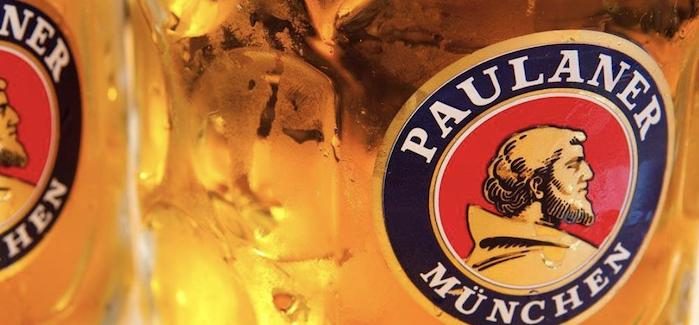
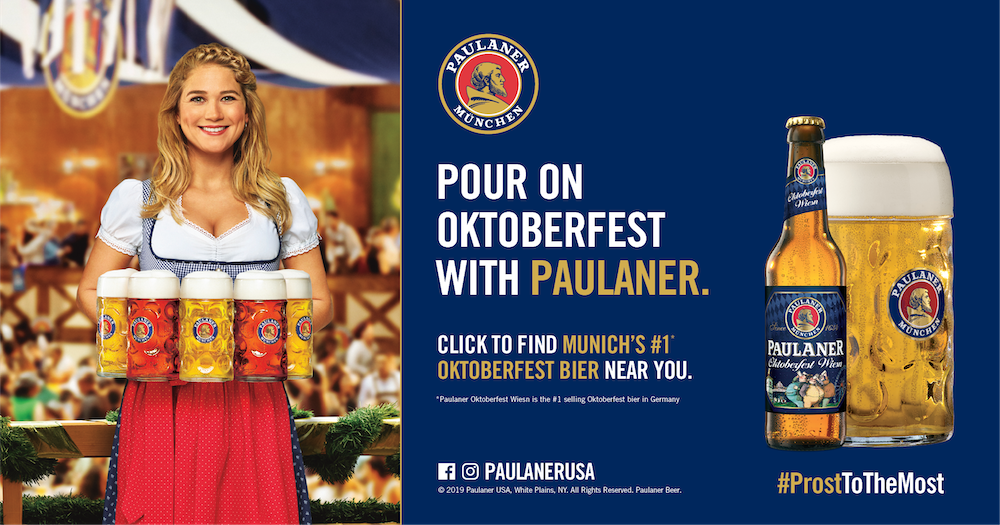
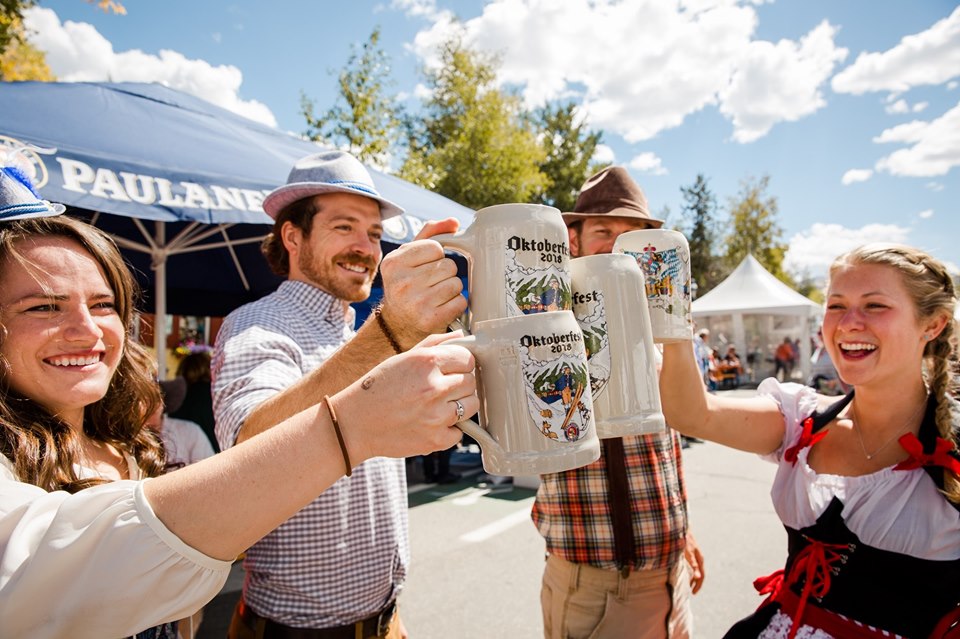

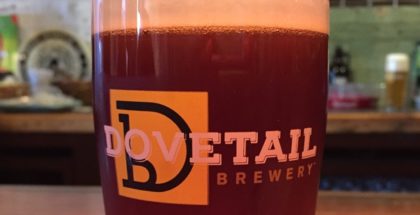
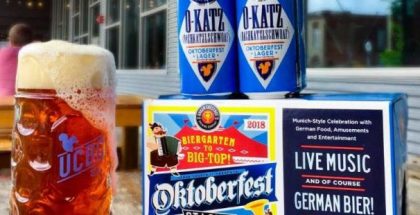

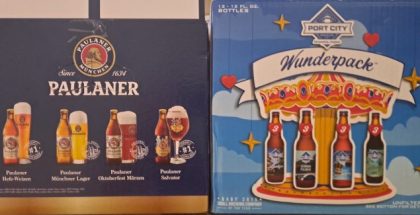
Comments